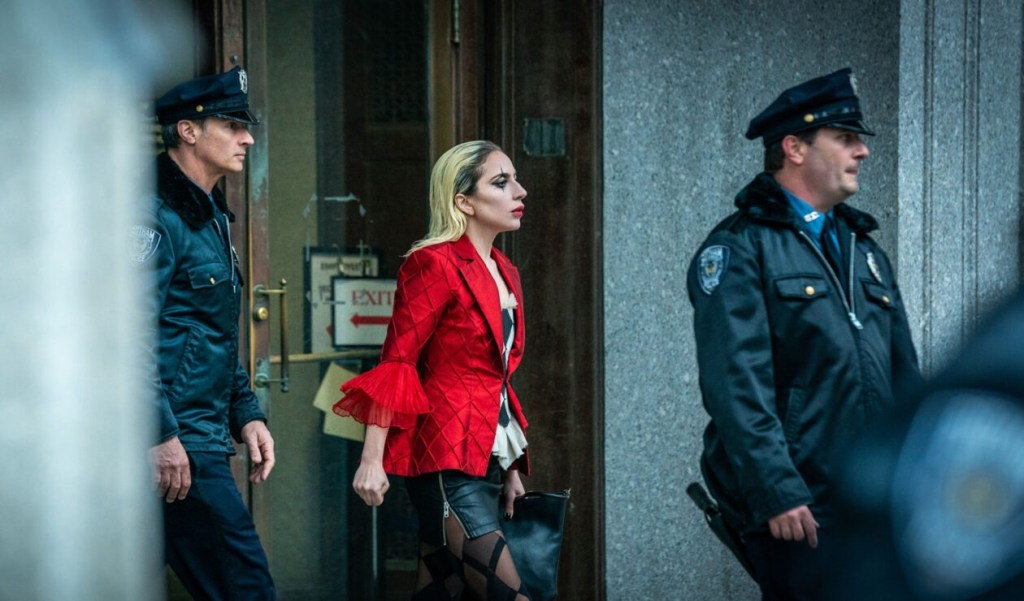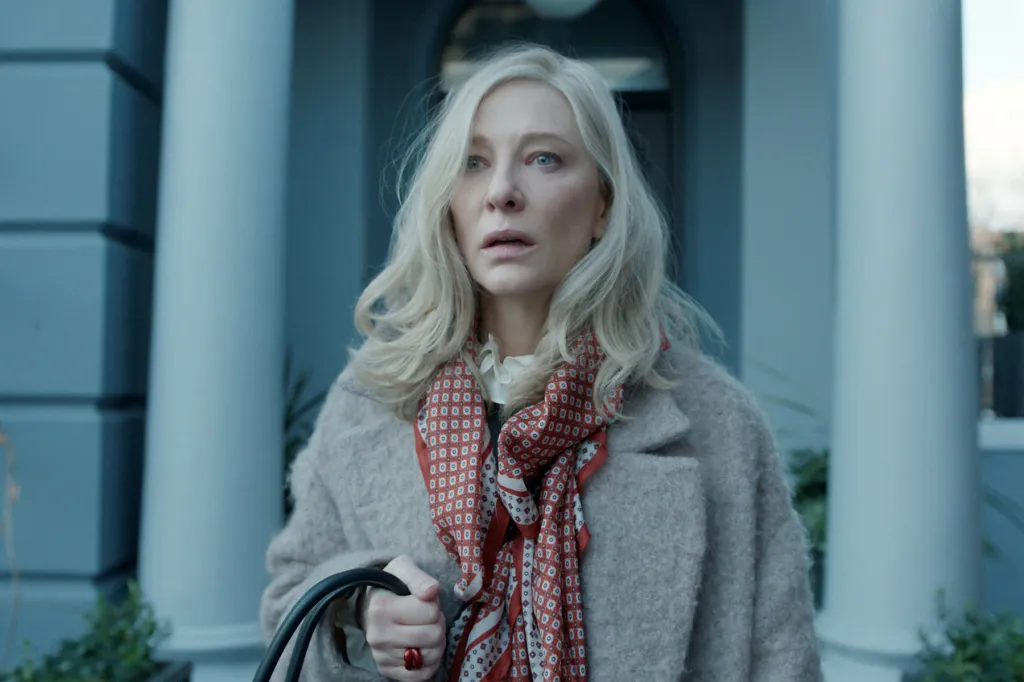Film review: Joker – Folie à Deux
In a love story set to music, the Joker puts on a happy face and goes to court for committing mass murder on live TV.

Director Todd Phillips warned this wasn’t a musical to leave you dancing down the aisles feeling like the world was a better place. But the phenomenon that is Lady Gaga, playing Lee Quinzel, aka Harlequin, rescues from itself a film that is at times a desolate extension of a very dark joke.
The plot is a direct continuation of Joker (2019), the film that won Joaquin Phoenix best actor Oscar for his portrayal of the giggling murderer who likes to entertain. Fleck, who grew up persecuted and unloved, channelled his hatred of the world into the persona of the cackling clown known as the Joker. Now, Arthur Fleck (Phoenix) is all out of laughs, languishing in Gotham’s Arkham Asylum for the criminally insane awaiting trial.
At Arkham, a guard, Jackie Sullivan (Brendan Gleeson), takes a shine to Fleck and likes to coax a joke out of him in return for a cigarette. To cheer him up, Sullivan takes Fleck to a music class where he meets Harlequin, a singing psychopath who likes to watch things burn. They break out briefly, sing and dance, and fall in love.
The choice of songs by musical director Hildur Guonadottir (responsible for Joker, as well as Tar) is a call sheet of musical hits effortlessly performed by Gaga and backed up with creditable style by Phoenix. A Tom Jones standard like “What the World Needs Now is Love” or “When You’re Smiling” gains new dissonance, as does the Judy Garland classic, “That’s Entertainment”.
Phoenix’s soulful version of “Bewitched, Bothered and Bewildered”, a song from the 1957 Rodgers and Hart musical Pal Joey, also adds light to the shade and it’s quite something to watch Phoenix croon “ne me quitte pas” into a grotty pay phone as he leaves a message for Harlequin, or pair up in a Sonny-and-Cher-style variety show trading quips and sharing duets.
This is not a musical in which the cast suddenly break into song and dance; the performances are incorporated into scenes or dream sequences, although at one point all pretence is dropped and Lady Gaga in evening dress sits at the piano.
The main focus is the court case, billed as the trial of the century, and at stake is the question of whether Fleck was insane after being pushed to the brink by the sad injustice of his own life. Of course, this is the line his lawyer Maryanne Stewart (Catherine Keener) is keen to push and it is an interesting dilemma to play with. To plead insanity would avoid the death sentence but also destroy the Joker myth. He didn’t mean it; it was the madness talking.
Subscribe for updates
Since the murders, Fleck has amassed a horde of fans and imitators and a TV series has been made of his life. This angry tribe needs its hero. And who is Harlequin in love with really? Her back story of a persecuted childhood from a poor part of Gotham whose mother had her committed was a cover for her real life as an ordinary girl with loving parents and a father who is a doctor in a rich part of town. She needs the Joker’s murderous myth to flesh out hers.
Lady Gaga had reservations about making this film because she knew she would be spending time in some dark place but her presence illuminates what could have been a bleak affair. And the moral dilemma at the heart of the trial really is one for the ages – was the Joker bad, or was he mad?
Joker: Folie à Deux is in cinemas now.

